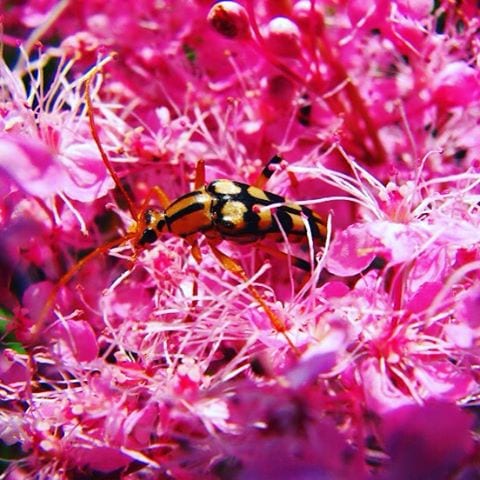
Longhorn beetle, a member of family Cerambycidae, at Powdermill Nature Reserve. Image credit: © Joe Stavish/Carnegie Museum of Natural History. (at Powdermill Nature Reserve)
Carnegie Museum of Natural History
One of the Four Carnegie Museums of Pittsburgh
by carnegiemnh

Longhorn beetle, a member of family Cerambycidae, at Powdermill Nature Reserve. Image credit: © Joe Stavish/Carnegie Museum of Natural History. (at Powdermill Nature Reserve)
by carnegiemnh
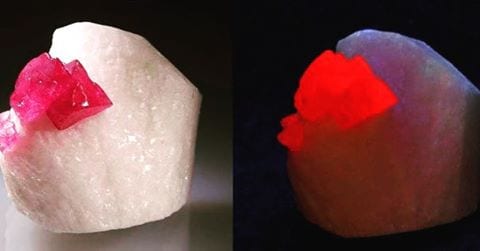
#MineralMonday: Spinel from Vietnam. Highly fluorescent crystals under Long Wave Ultraviolet light to 1.2 cm. Image © Carnegie Museum of Natural History. (at Carnegie Museum of Natural History)
by carnegiemnh
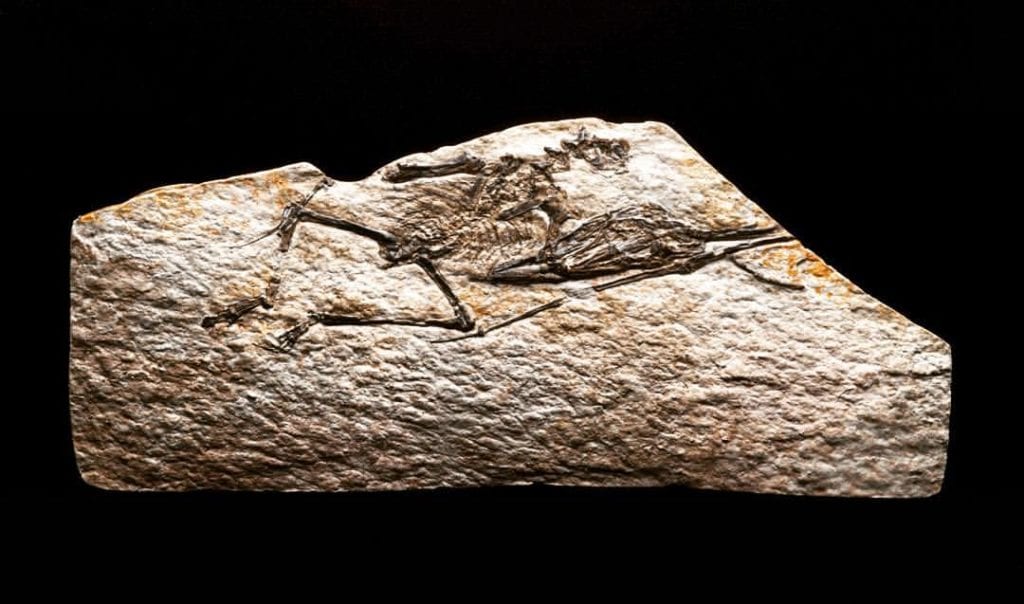
This cast of a fossil of Nemicolopterus crypticus, one of the smallest pterosaurs, was discovered in northeastern China in 2008. Its fossil skeleton, with its curved toe bones, suggests it could cling to the branches or trunks of trees. Nemicolopterus, about the size of a modern sparrow, may have darted through forests hunting for insects, snapping them up in its toothless jaws.
Learn about N. crypticus and other flying prehistoric creatures when the American Museum of Natural History’s “Pterosaurs: Flight In the Age of Dinosaurs” opens at our museum on Saturday, January 30, 2016. ©AMNH/C. Chesek
by carnegiemnh
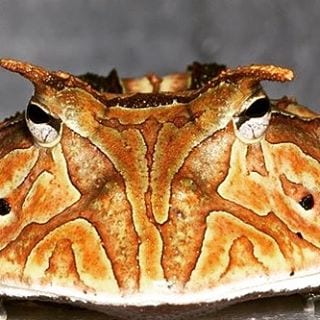
This horned frog (Ceratophrys cornuta) is ready to hunt. It sits motionless in the leaves and waits until something moves. If tasty, it will try to swallow anything it catches such as other frogs, insects, lizards and small mammals.
by carnegiemnh
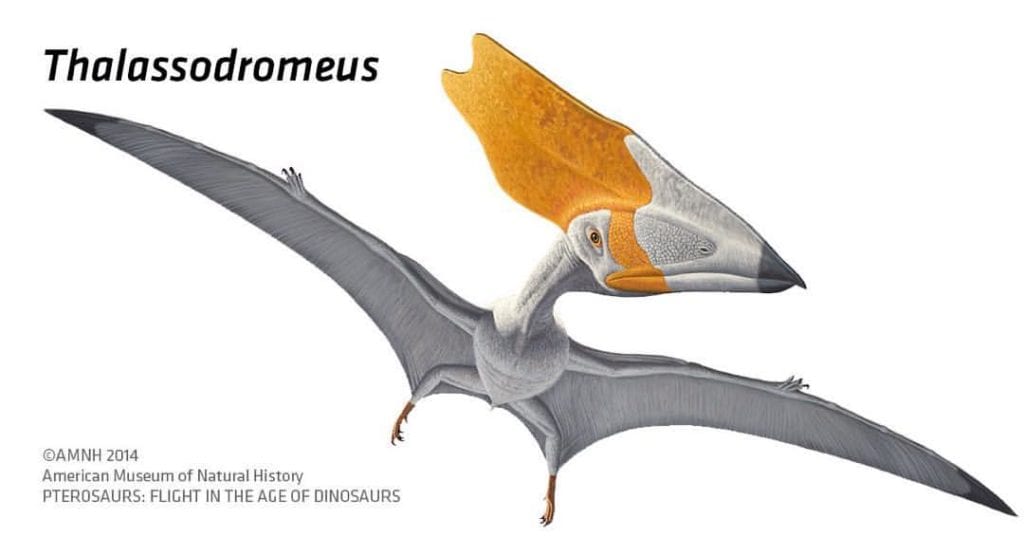
Thalassodromeus sethi had a crest three times larger than the entire rest of its skull, when seen from the side. It had the largest crest of any known vertebrate. This large pterosaur species, with a wingspan of 14 feet, lived around 110 million years ago near a lagoon in what is now Brazil. #pteorsaurs
©AMNH 2014
by carnegiemnh
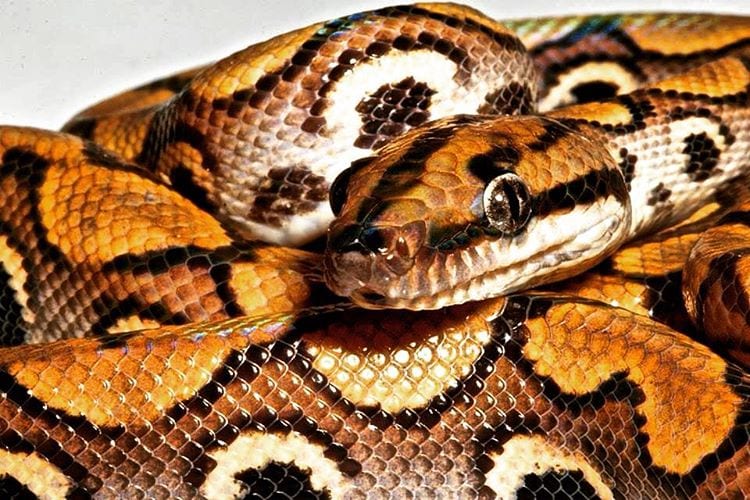
The iridescent sheen in the skin of this juvenile rainbow boa (Epichrates cenchria) inspired its name. Unlike many other boas, rainbow boas are mostly terrestrial and feed on rodents, frogs, and other small vertebrates living on the forest floor. They are also ovoviviparous—the young develop in eggs that hatch inside the mother’s body.
